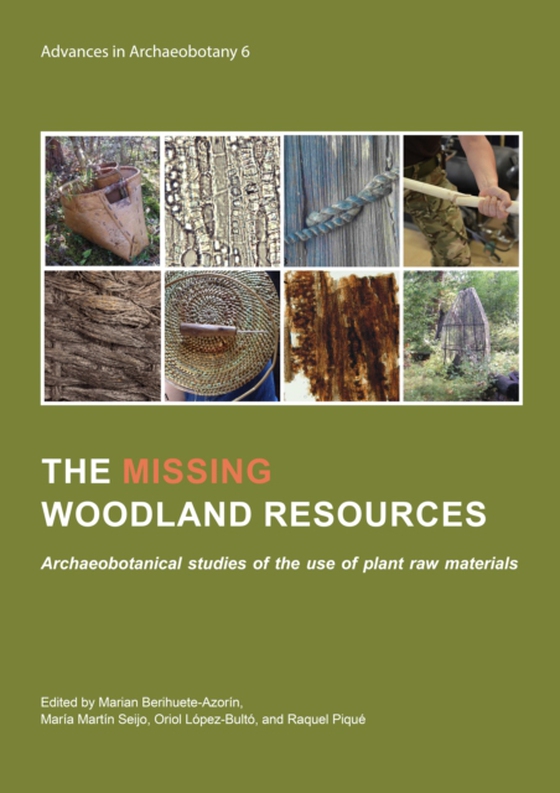
missing woodland resources e-bog
223,05 DKK
(inkl. moms 278,81 DKK)
Woodlands are a key source of raw materials for many purposes since early Prehistory. Wood, bark, resin, leaves, fibers, fungi, moss, or tubers have been gathered to fulfill almost every human need. That led societies to develop specific technologies to acquire, manage, transform, elaborate, use, and consume these resources. The materials provided by woodlands covered a wide range of necessitie...
E-bog
223,05 DKK
Forlag
Barkhuis
Udgivet
30 april 2022
Længde
189 sider
Genrer
HDDA
Sprog
English
Format
pdf
Beskyttelse
LCP
ISBN
9789493194434
Woodlands are a key source of raw materials for many purposes since early Prehistory. Wood, bark, resin, leaves, fibers, fungi, moss, or tubers have been gathered to fulfill almost every human need. That led societies to develop specific technologies to acquire, manage, transform, elaborate, use, and consume these resources. The materials provided by woodlands covered a wide range of necessities such as food, shelter, clothing, or tool production, but they also provided resources employed for waterproofing, dying, medicine, and adhesives, among many others. All these technological processes and uses are commonly difficult to identify through the archaeological record. Some materials are exclusively preserved by charring or in anaerobic conditions at very exceptional sites or leave only a very slight trace behind them (e.g., containers). Consequently, they have received far less attention in archaeobotanical studies compared to other kind of plant materials consumed as food or firewood.This book provides an overview of technological uses of plants from the Palaeolithic to the Post-Medieval period. This collection of papers presents different archaeobotanical and archaeological studies dealing with the use of a wide range of woodland resources, most of them among the less visible for archaeology, such as bast, fibers, and fungi. These papers present different approaches for their study combining archaeology, archaeobotany, and ethnoarchaeology.
 Dansk
Dansk

